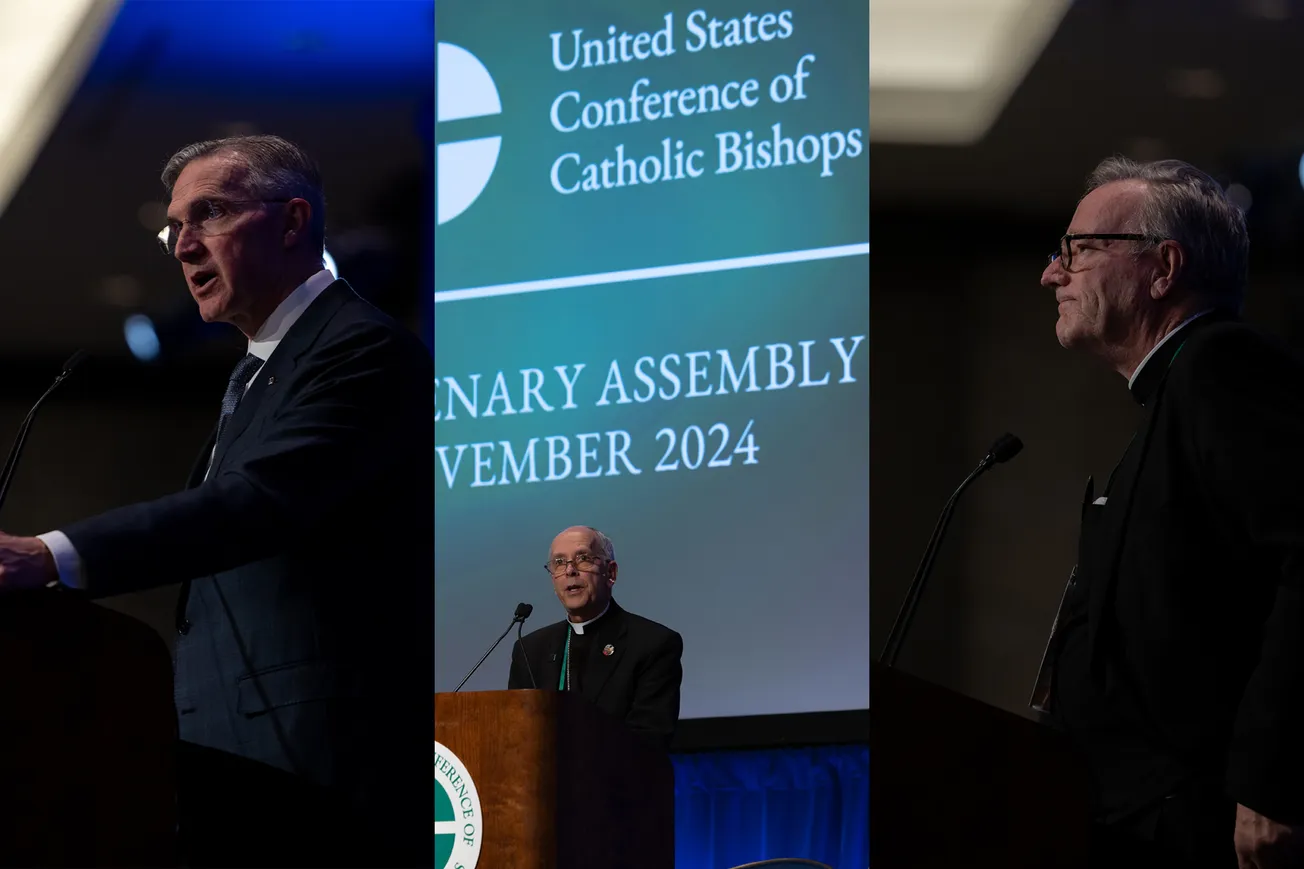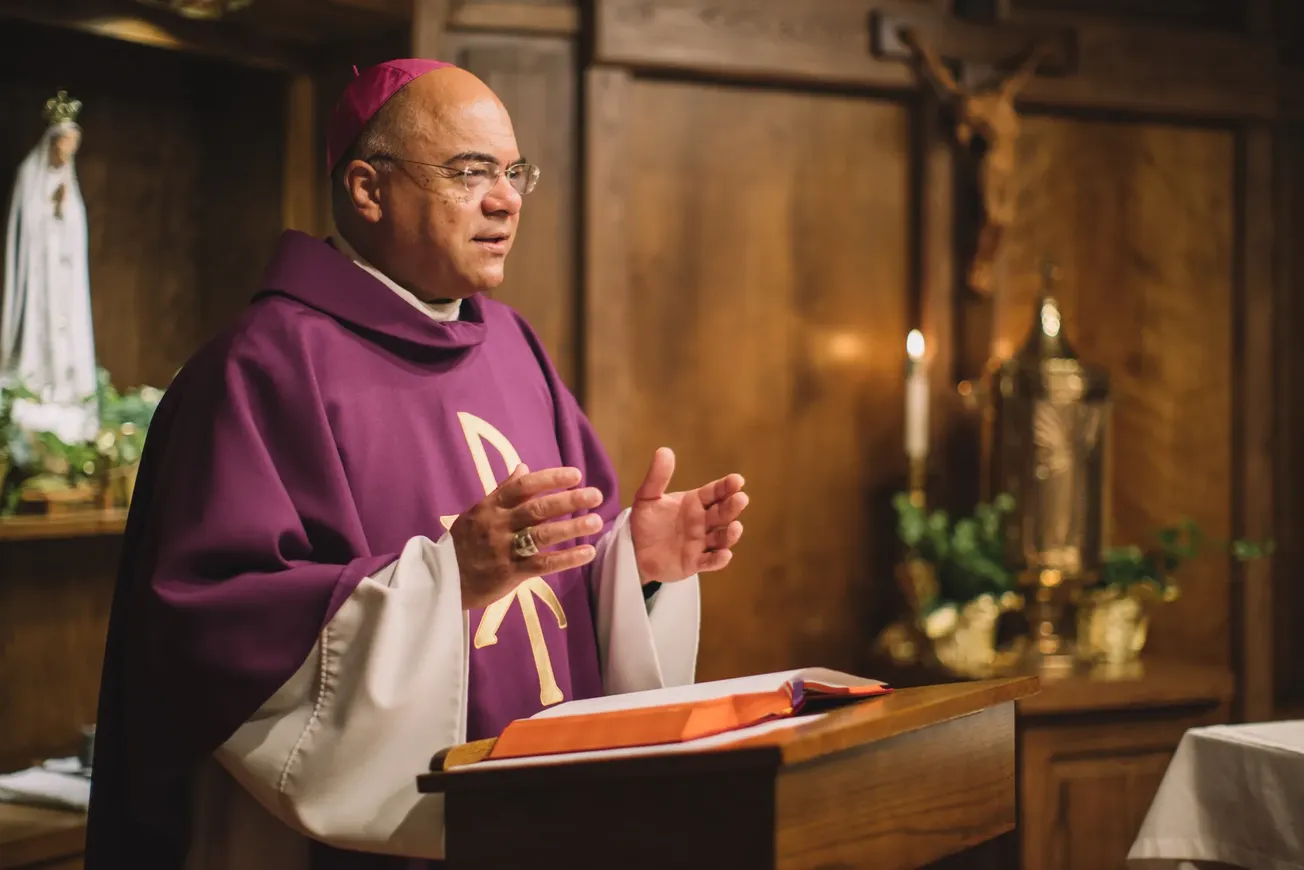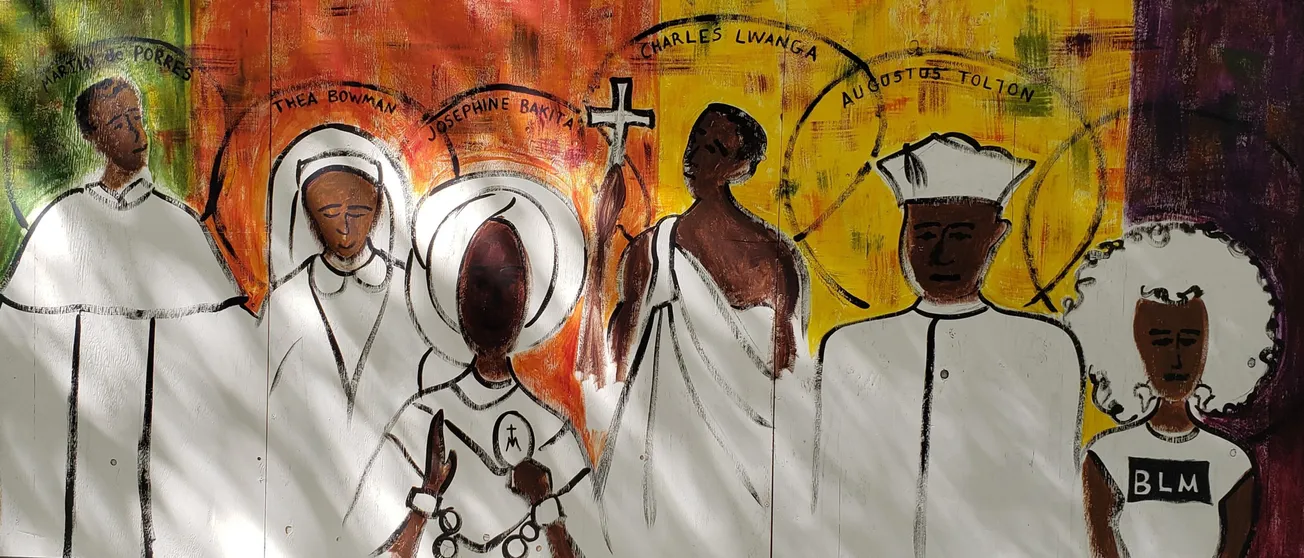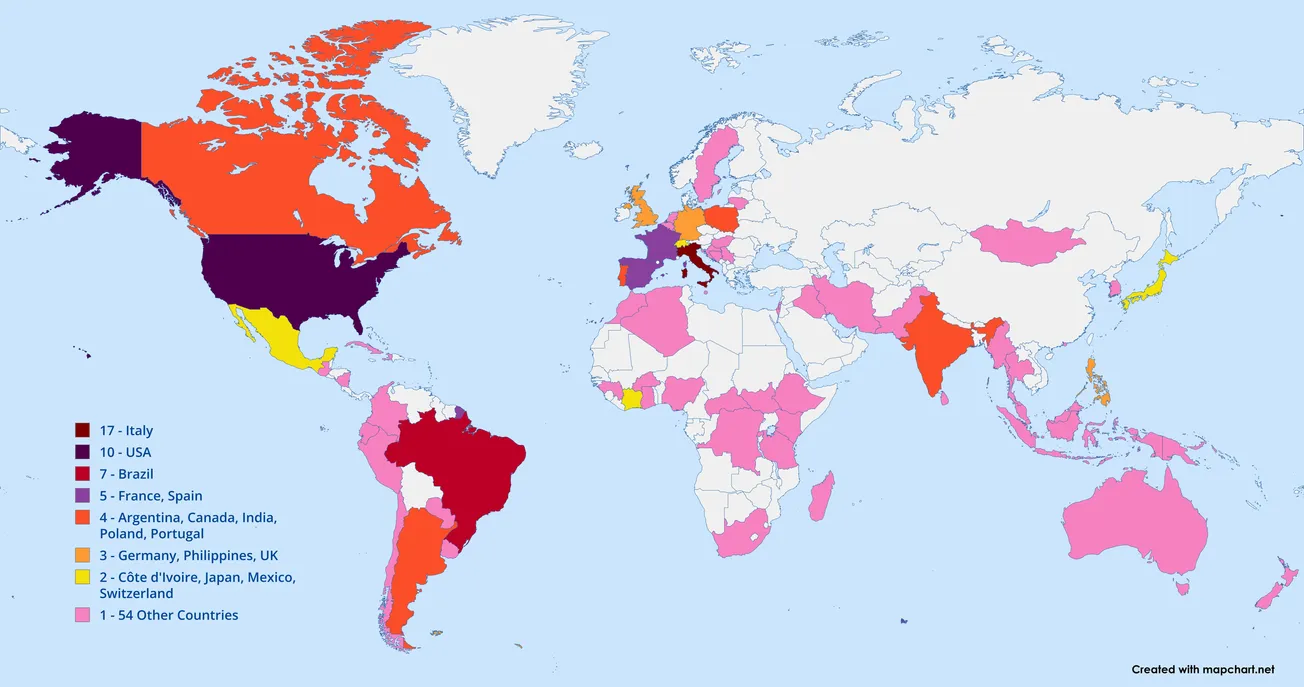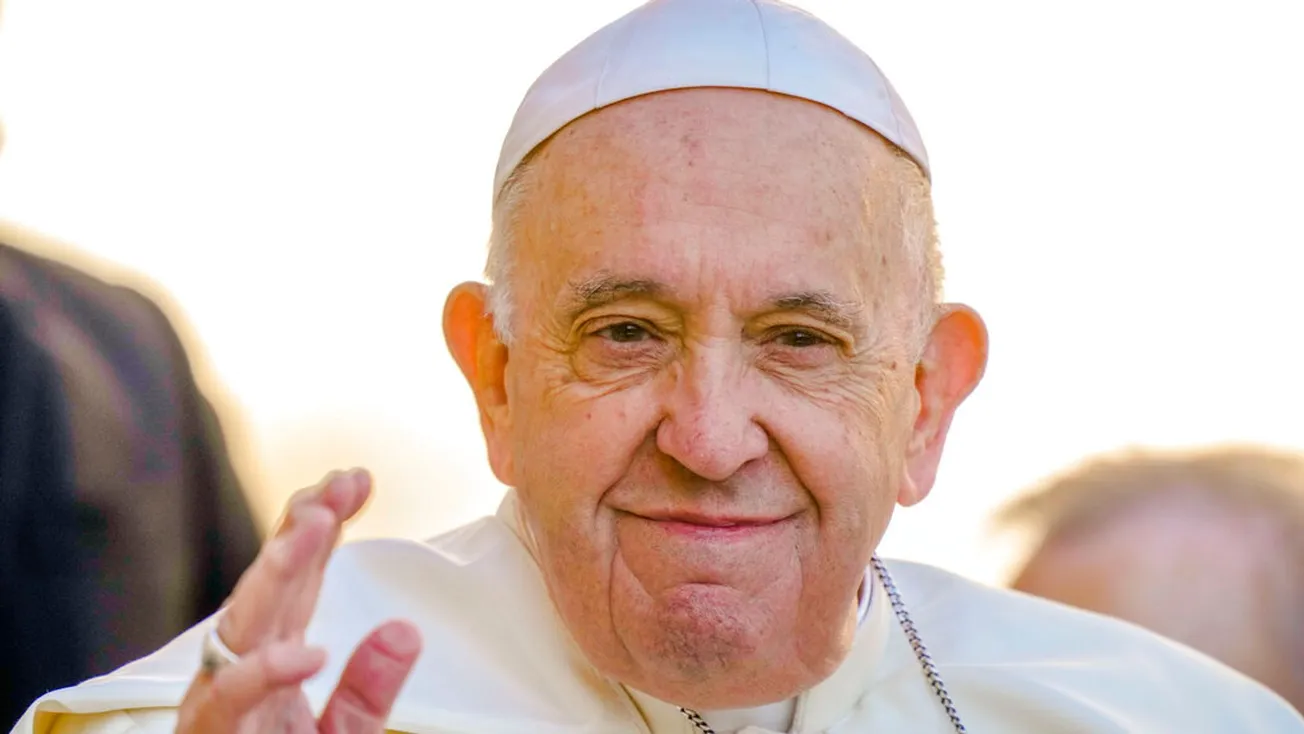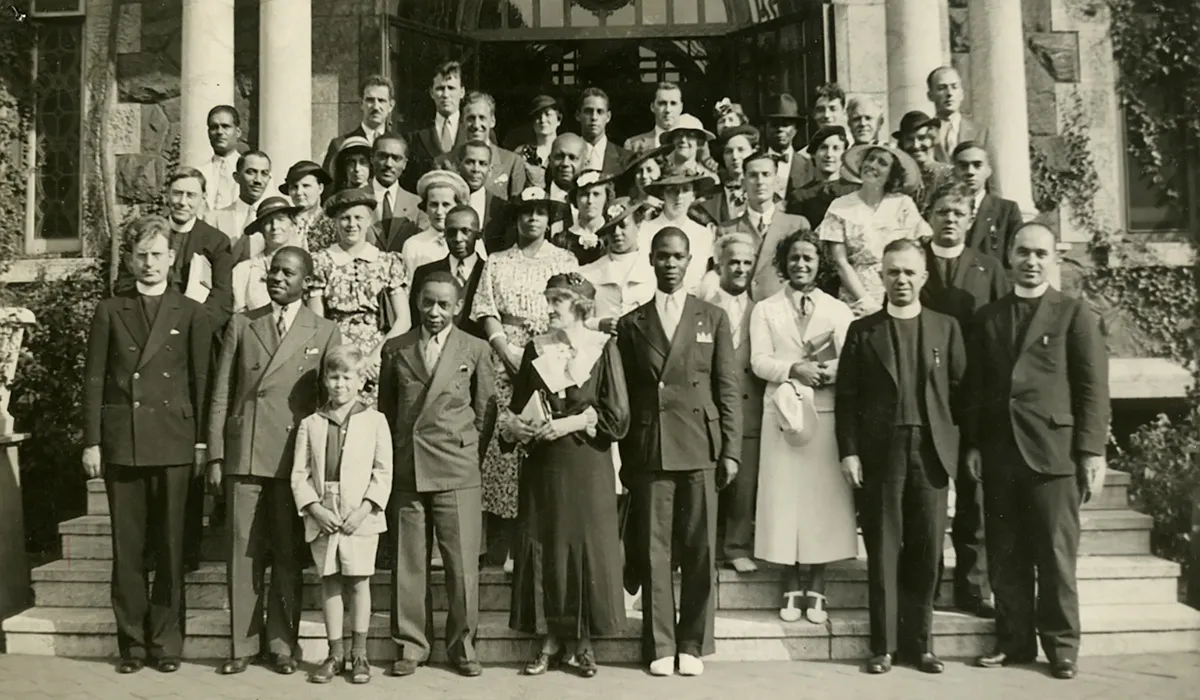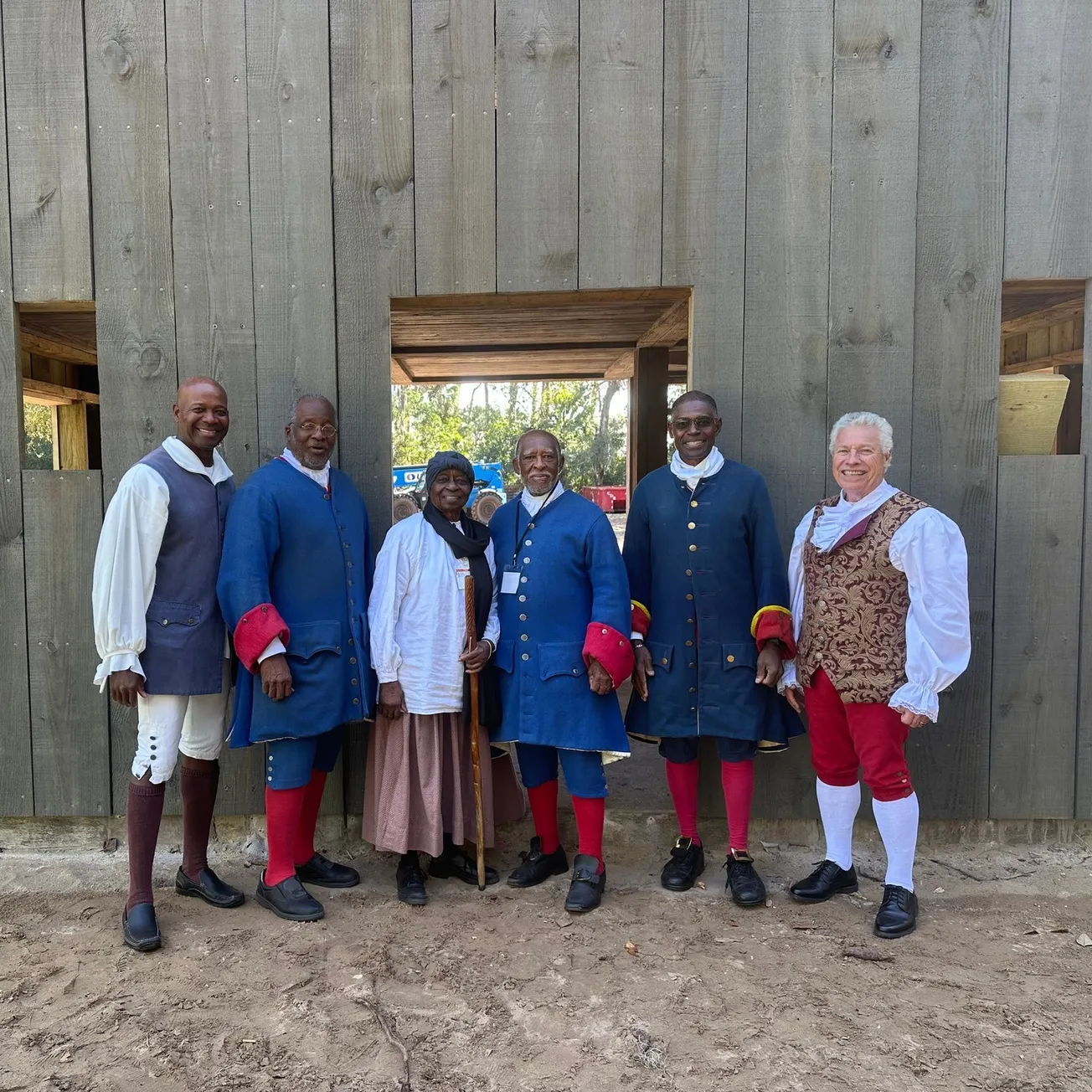National Vocations Awareness Week, which runs this year from November 8-13th, is always a good time to reflect on the need for more African-American priests, deacons, nuns, religious sisters, and religious brothers. During Black Catholic History Month, another topic to consider is that of African-American bishops, a phenomenon known in the US only since the late 20th century—with the exception of James Healy of Portland (Maine), who passed for White.
Today, however, I want to focus on a “lost” Black bishop, an African American not even included in the most recent list from the National Black Catholic Congress. The major Catholic histories also omit him, as do most Black Catholic ones―including those about Black priests. Indeed, he remains largely tucked away in the archives of, oddly enough, Oceanic history.
The late Raymond Rodly Caesar, SVD was born on February 14th, 1932 in Eunice, Louisiana, a Black Catholic hotspot near Opelousas (today home to one of the largest Black Catholic parishes in the country). Caesar was raised by his parents, Celina and Prosper Caesar, at St Mathilda Church, a parish opened in 1939 by Bishop Jules Jeanmard of Lafayette—who would later become the first bishop in the country to ordain a Black man for his diocese. However, that man was not Caesar, who would instead turn to religious life.
In that era, the Diocese of Lafayette contained a full fourth of the nation’s Black Catholics, and St Mathilda’s was run by the Josephites, a priestly society founded to serve African Americans. Due to racism, however, they were not particularly bold leaders in fostering African-American clergy. That duty would mostly fall instead to the Society of the Divine Word, an international order founded 1875 by St Arnold Janssen.
The Divine Word Missionaries had by 1920 opened a seminary specifically for African Americans, St Augustine’s in Mississippi. From this institution would come most of the earliest Black priests in US history, including several of its first Black bishops. Of the latter, two came from St Mathilda’s: Bishop Curtis Guillory, SVD—Bishop Emeritus of Beaumont—and Caesar.
Though the SVDs would ordain several Black men in the decades following the opening of St Augustine’s, the reality of White Supremacy among the US bishops and their flocks made for quite the conundrum. It was one thing to ordain a Black man, but another thing entirely to find a diocesan ordinary who would allow him into a parish—even Black ones, the number of which had grown exponentially following the dawn of Jim Crow.
Indeed, though a few bishops like Jeanmard created parishes for and welcomed Black SVD priests, many had to instead find assignments abroad, in areas of the world where Black people (or just non-Whites and non-racists) were the norm. Even after the number of Black priests increased in American dioceses following the 1940s, the SVDs continued to send some African American men elsewhere.
Caesar himself was ordained in 1961, amidst the Civil Rights Movement and just prior to the Second Vatican Council. The Black Catholic Movement, which further increased the quantity and power of Black priests and lay Catholics in the US Church, was not to begin until 1968. Following post-ordination studies at the Catholic University of America, Caesar was sent in 1963 to Papua New Guinea, a Melanesian nation then under the colonial rule of Australia.
Shortly after the nation gained its independence, then-Monsignor Caesar became the last bishop appointed by Pope St Paul VI when he was named coadjutor of the Diocese of Goroka in 1978. This made him just the sixth African-American bishop in history and the first to serve outside of the United States. Just two years later, he became the third African-American ordinary anywhere in the world when he was appointed to lead Goroka. In 1983, he became the first to head a bishops’ conference—an honor usually associated with Cardinal Wilton Gregory.
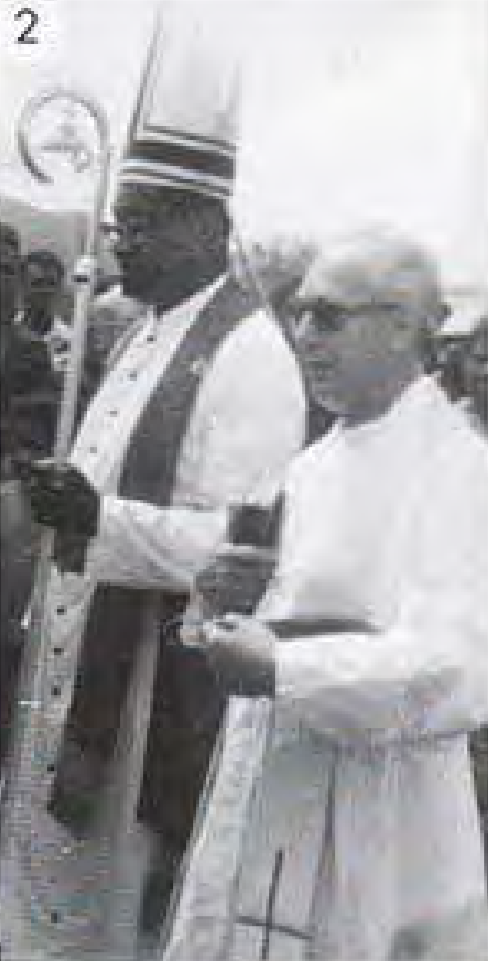
Caesar died in Australia on June 18th, 1987, at the age of 55. He is buried and honored in Goroka.
Today, Caesar is also acknowledged by the Diocese of Lafayette, by the Society of the Divine Word, and by his fellow Eunicians in Louisiana (St Mathilda's parish hall is was named after him in 1988). He is also known among the Josephites, with whom his cousin—the late Roger Caesar, SSJ—served as a priest until his death in 2013.
For the rest of you, perhaps today is the first day you learn of this pioneering Black priest and bishop, who in the face of hatred and rejection served the Church faithfully despite all odds. Perhaps you wish you had known sooner. Perhaps you’re right.
But hey. Better late than never.
Nate Tinner-Williams is co-founder and editor of Black Catholic Messenger, a seminarian with the Josephites, and a ThM student with the Institute for Black Catholic Studies at Xavier University of Louisiana (XULA).




